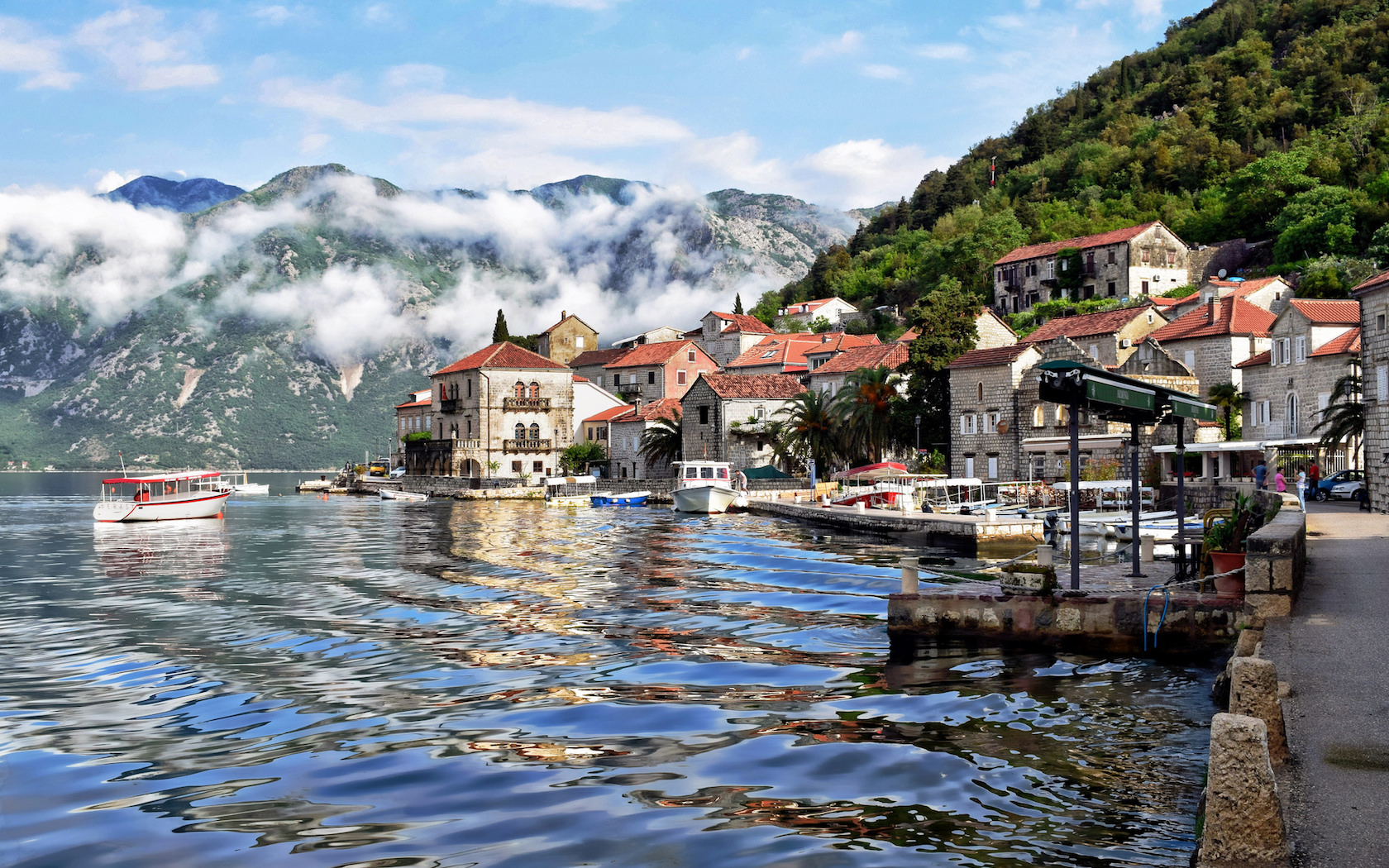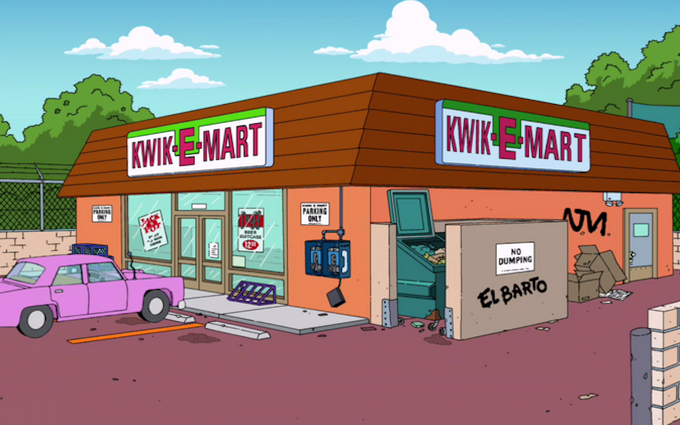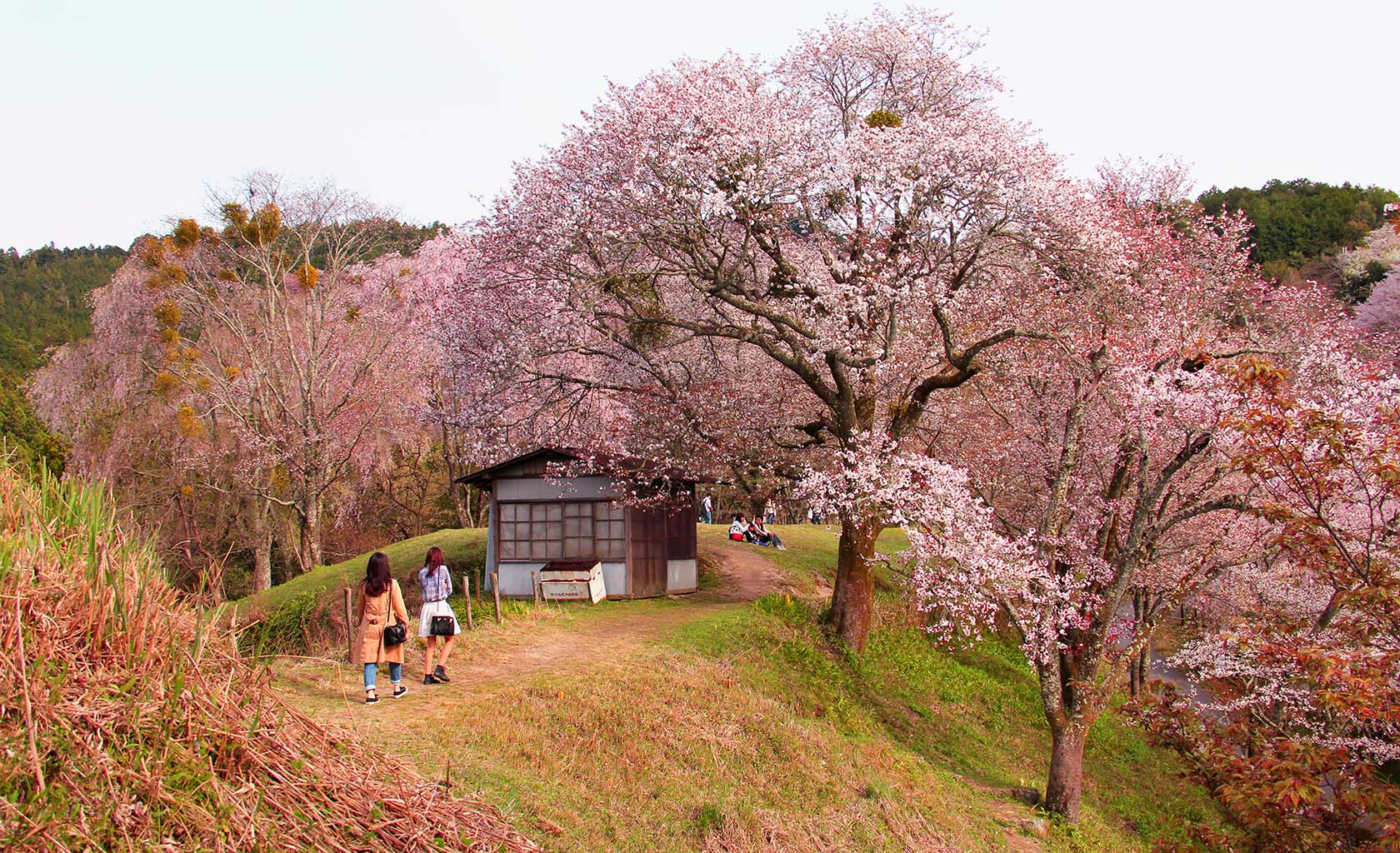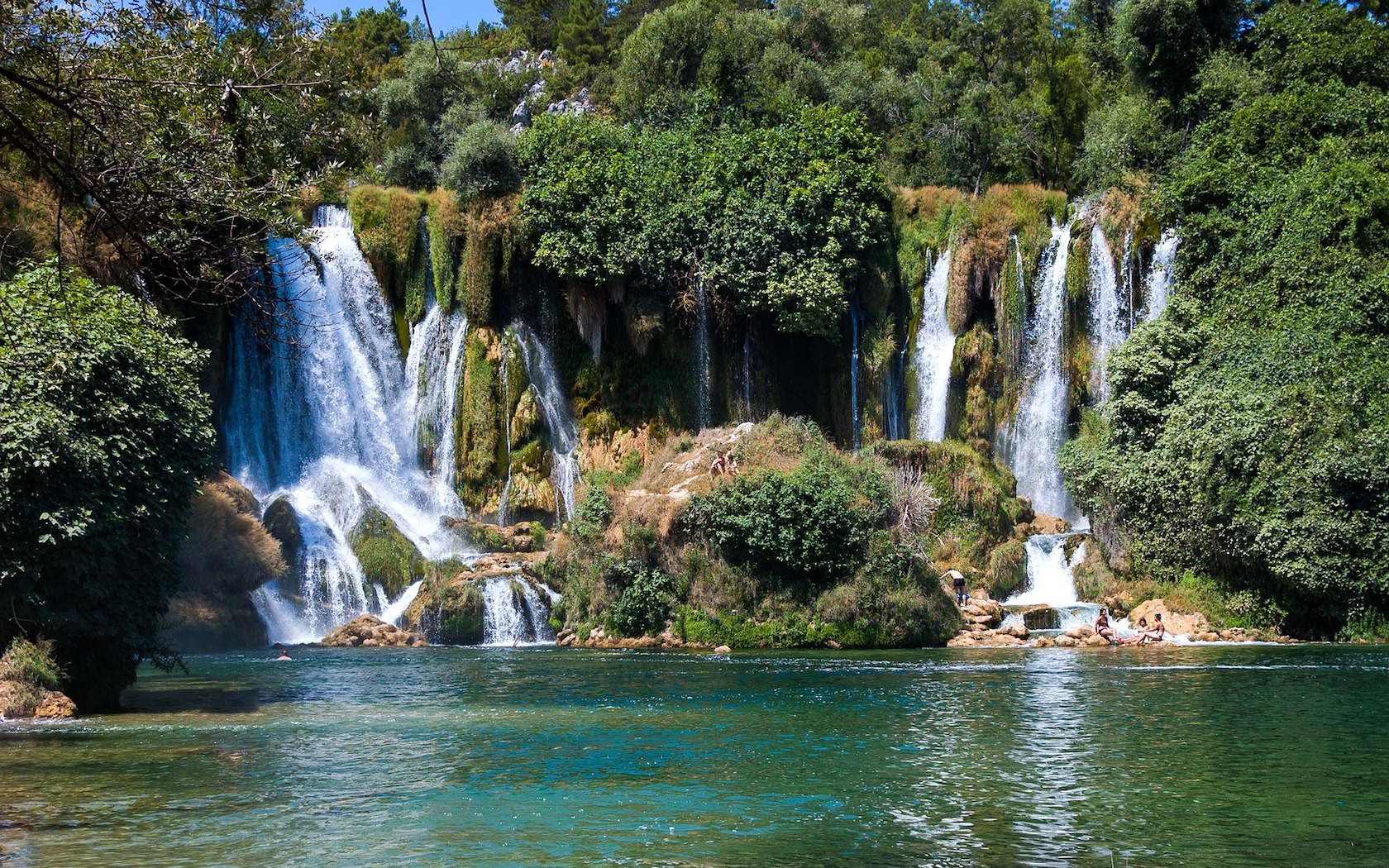Montenegro Is The Eastern European Gem Of Your Dreams

Nestled among sweeping mountain peaks and secluded by the sparkling Adriatic Sea that stretches far into the horizon, Montenegro’s coastal region feels like the setting of a fairytale. In reality, it boasts medieval towns, long stretches of sandy beaches, a patchwork history and party scene to boot, and is winning tourist hearts with its quirky personality.
[related_articles]63594,2657[/related_articles]Here’s why Montenegro needs to be on your travel hit list.
Epic History
Montenegro is a country that can truthfully lay claim to the term melting pot. With relics from Ottoman, Slavic and central European times past, as well as seafaring societies, each place you visit retains visible pieces of its story. The Republic of Venice controlled the coastal region from around 1420, for nearly four centuries, and gave the country its Italian name, meaning “black mountain”.
Similarly to neighbouring Croatia, Montenegro enjoyed booming tourism the 1980s, before the Yugoslav wars in the ‘90s damaged its image and crumbled the tourism industry of much of the Balkans. These days it’s recovered its reputation for tourism – and it’s growing.
Old Town Kotor
First, head to the majestic Bay of Kotor. It’s commonly referred to as Europe’s southernmost fjord – but it’s actually a ria (a river valley that’s flooded with rising sea levels).
The walled old town of Kotor extends dramatically up the mountainside, while a palm tree-lined marina frames the bay, full of local fisherman. Its tiny cobblestone streets and winding stairs hide cafés and bars, before delivering you into bustling main squares. In the usual old town style, the anarchic streets were planned that way to confuse any invaders who came to plunder the city.
[related_articles]61396,23922[/related_articles]Kotor is known for its mixed architecture and religious monuments. In the heart of the old town you’ll find the Baroque palace, Grgurin, and the Romanesque Cathedral of Saint Tryphon towering over its surroundings.
For panoramic views, walk the perimeter wall and if you have a bit of time up your sleeve, tackle the 1300 steps up to the Castle of San Giovanni, dating back as far as the 6th century.
While you wander, stop by the bakeries around old town – they’re particularly known for their apple or cherry strudel. You’ll also find the morning Farmers’ Market beneath the annex of the outer town walls. It’s bright, lively and full of locals – but do be aware they will charge tourists a premium price.
Budva By The Bay
Dating back around 2,500 years, Budva is one of the oldest settlements in the coastal region. It’s also a great place to do as the locals do: relax. Montenegrins are the self-proclaimed “laziest people in the world” and pretty much every souvenir shop you walk into has some iteration of the ten commandments of Montenegro (all ten are variations of don’t work, do rest).
Pull up a towel in front of the rippling blue-green sea; the bay and surrounding mountains is a stunning beach-day backdrop. By day, many of the waterfront restaurants are on hand to cater to your long-lunch needs – think brimming seafood platters and Aperol spritz. Later on, if you’re in for it, Budva is famous for its party scene.
[related_articles]43834,37162[/related_articles]Like Kotor, the old town here is rich in history and monuments and definitely worth spending some hours exploring. If you’re feeling antsy and over the crowds, there are less-frequented beaches further out of town. Or take to the water for kayaking, pedal boating or jet skiing.
When you’re ready to leave, it’s best to work with a flexible schedule. A sudden total traffic breakdown on the highway left us sitting in our bus for just under an hour, and many travellers trooping past us with suitcases to the (luckily nearby) airport. But, what’s an up-and-coming country without a few quirks to iron out?
Head To Bar
Further south you’ll find seaport town, Bar. With fewer tourists, it’s the spot for your off-the-beaten track exploring. The old town here was abandoned, but is now in the process of reconstruction. In the meantime you can visit the ruins – just pick up a map at the entrance.
This area is particularly well known for its olives, and there are thousands of trees here. None so famous, though, as the 2,000 Year Old Olive Tree. With a 10-metre circumference, it’s the oldest tree in Europe.
From the coastal limestone ranges to river canyons and caves, Bar’s surrounding area is largely untouched. For that reason, Bar is a good spot to book a canyoning day tour, with companies offering a mix of gentle or challenging hiking, abseiling and swimming sessions between three and six hours.
Just 30 minutes away from Bar is Skadar Lake, the largest lake in the Balkan Peninsula. The surrounding national park area is popular for biking and hiking, and it’s touted as one of the best birdwatching spots in Europe.
[related_articles]64390,52080,k[/related_articles]The legend goes that the lake was filled with the tears of pixies – which certainly fits with Montengro’s fairytale aesthetic.
If you’re keen for somewhere new to travel, check out these undiscovered European gems.
- Fly Qantas to London
- Take a connecting Oneworld flight to Tivat
- Taxi to Kotor
- Kotor, Montenegro








